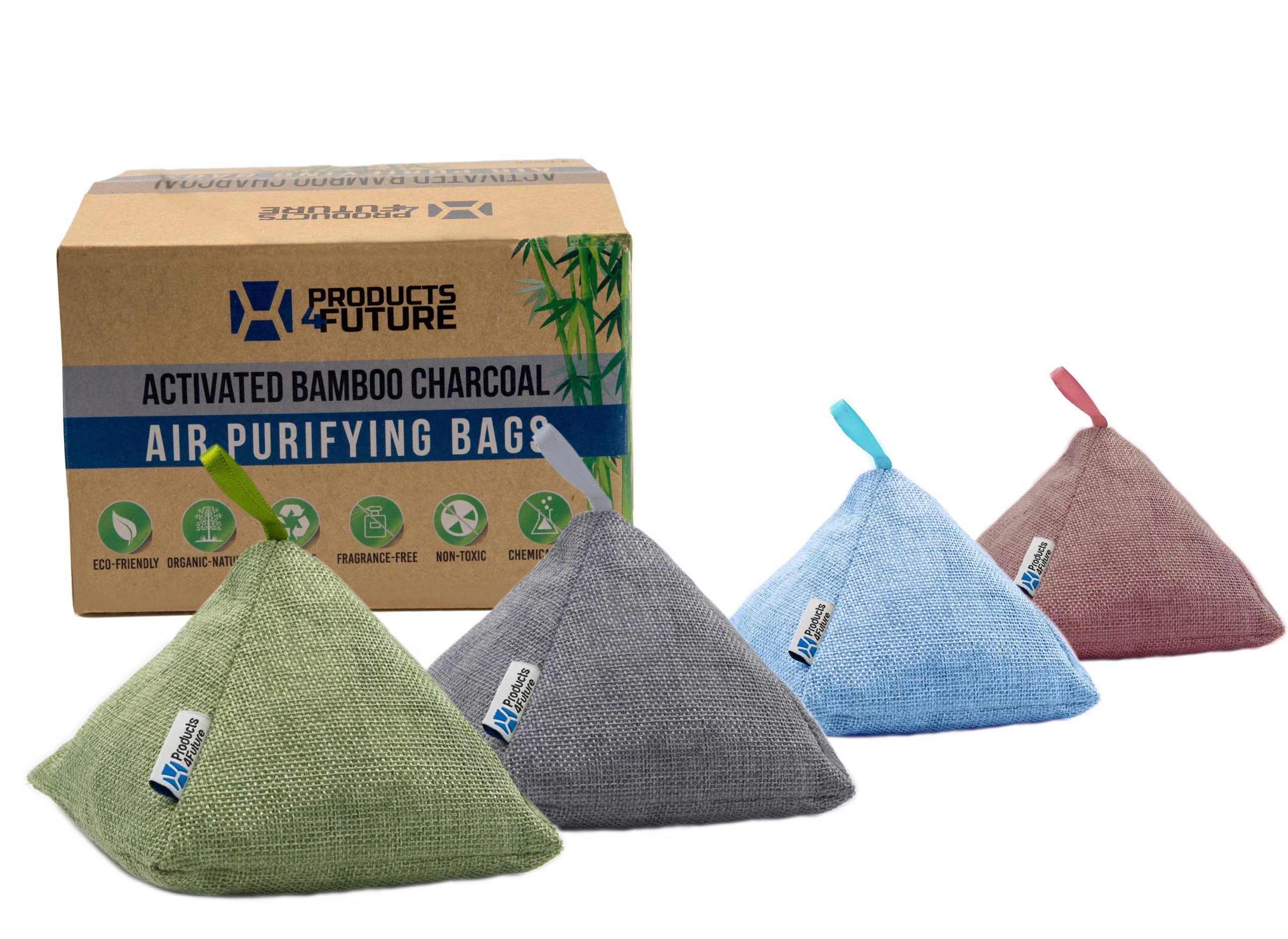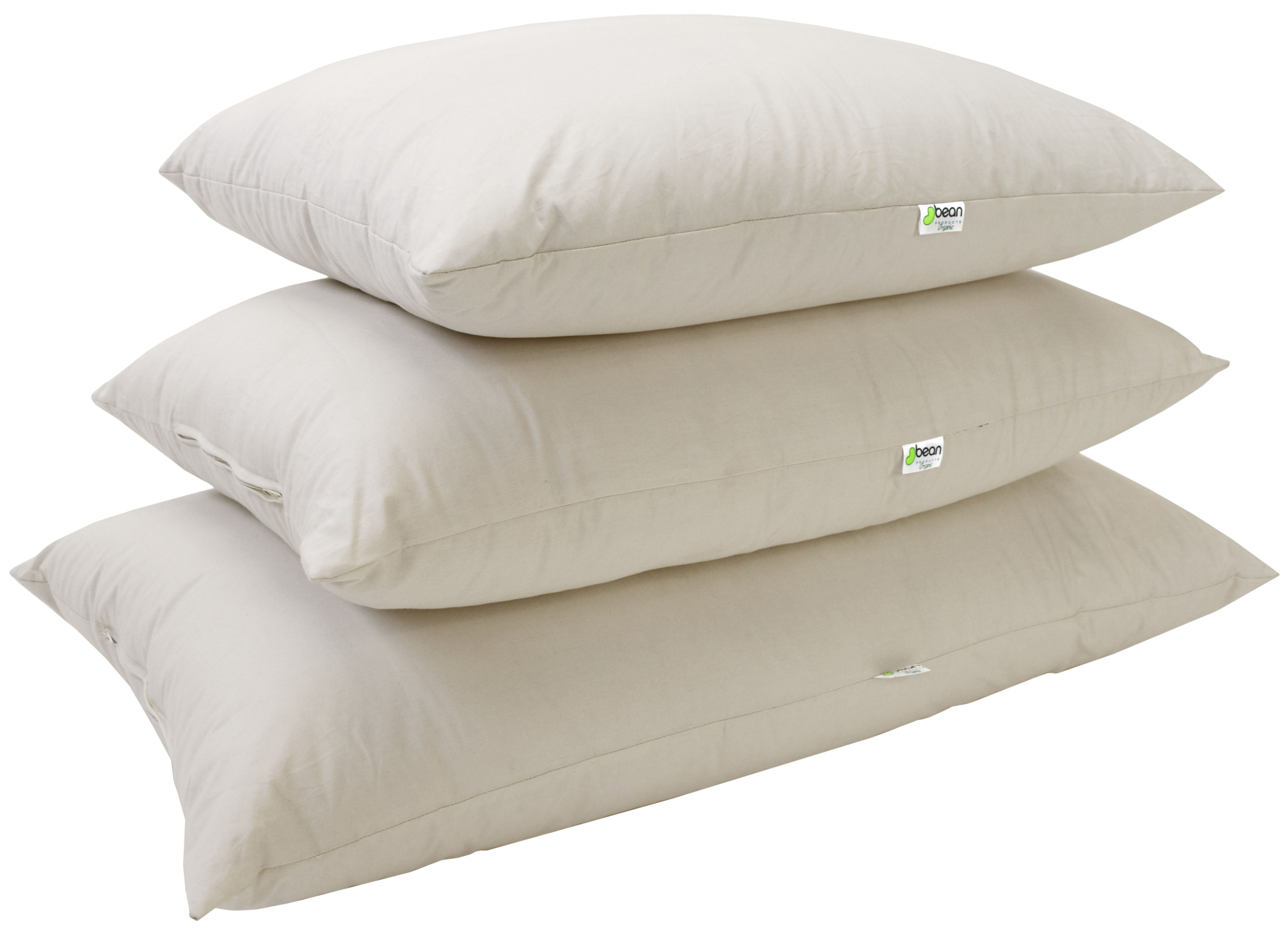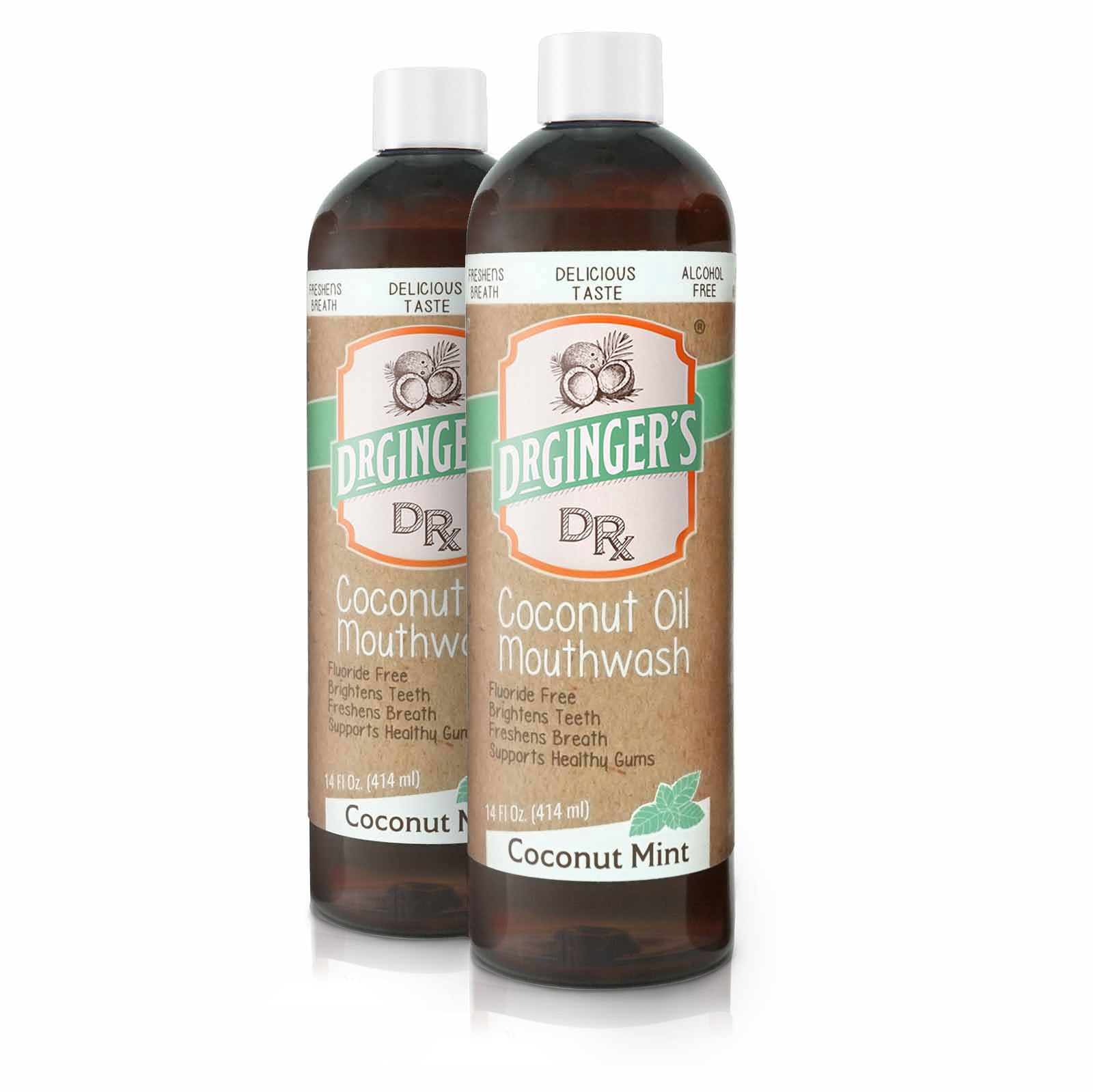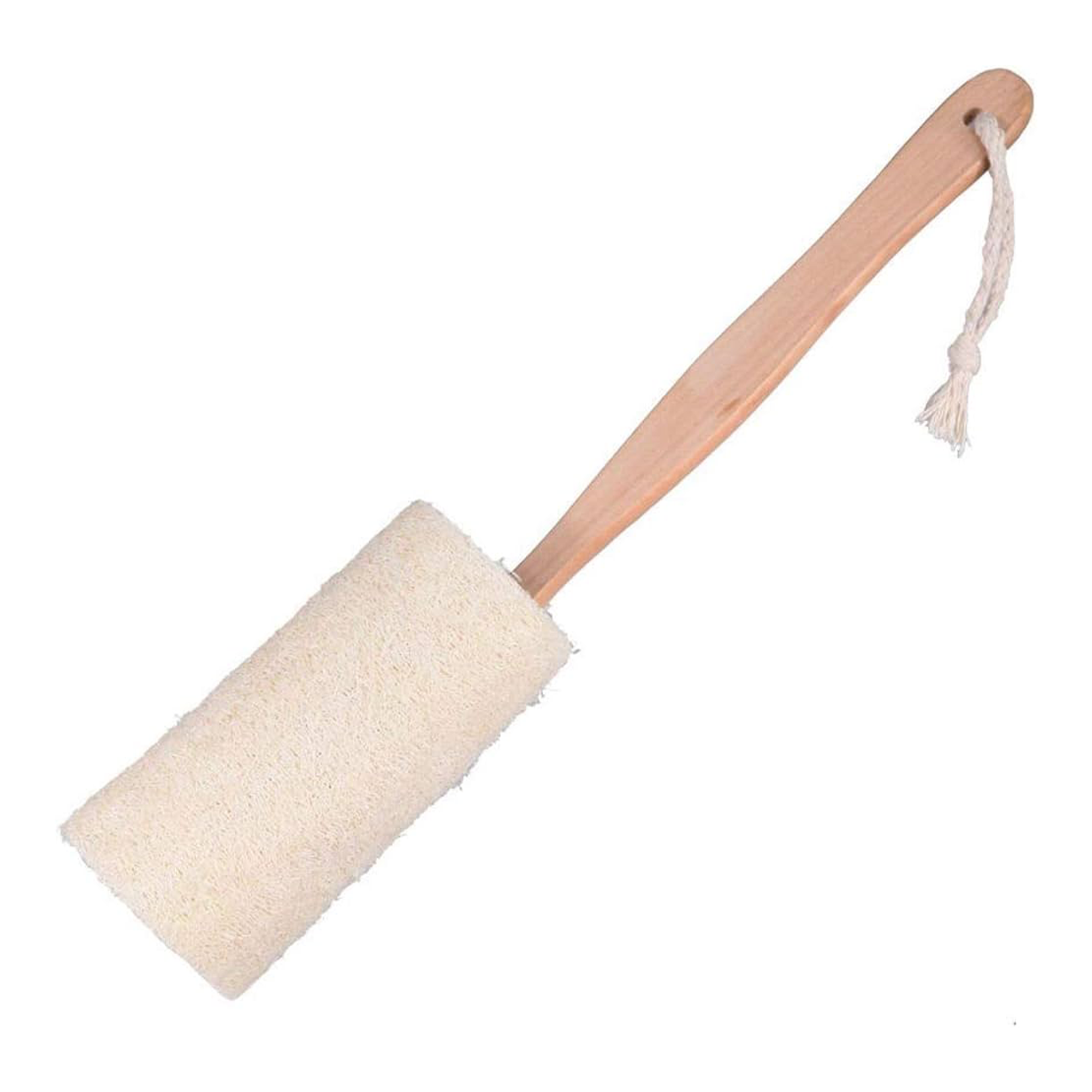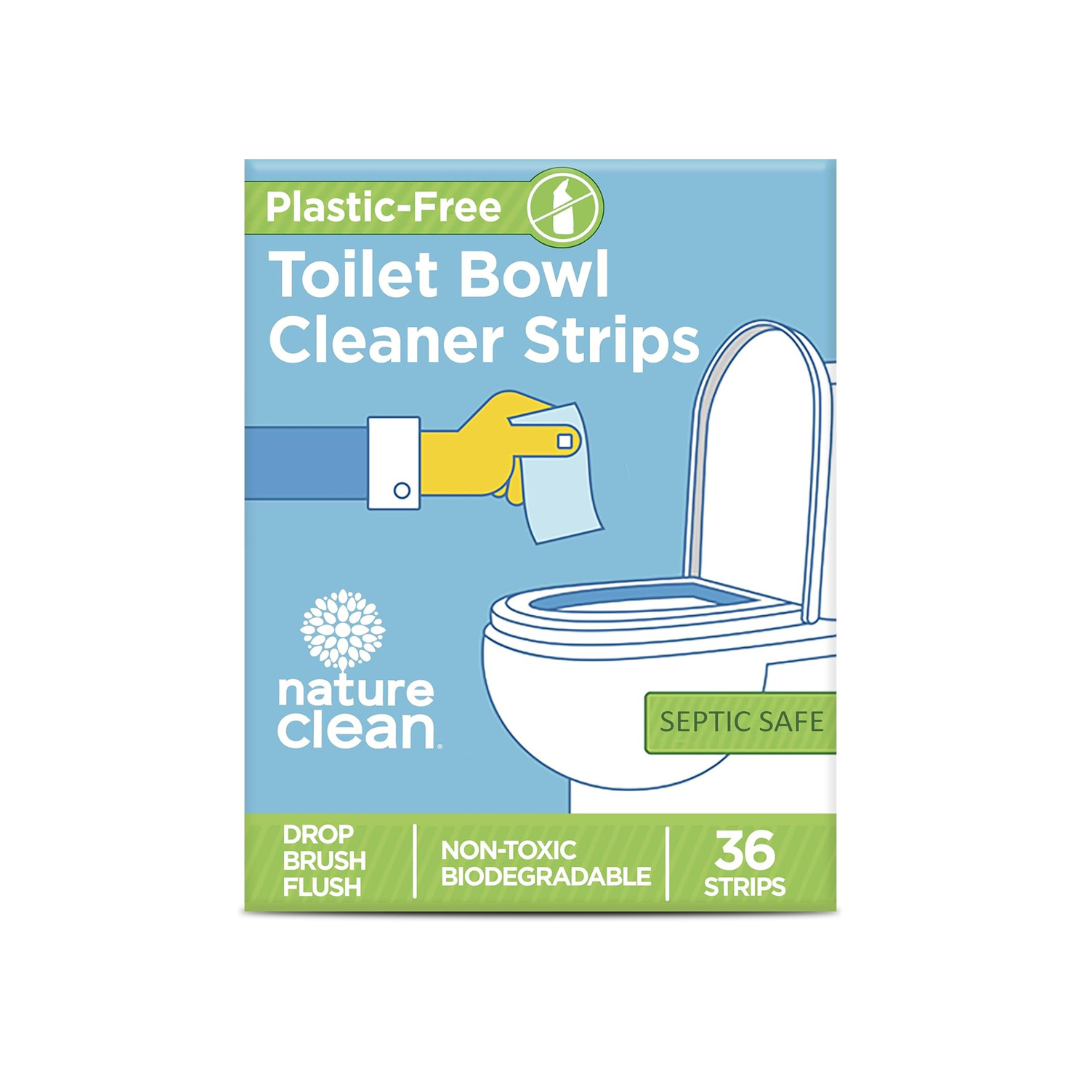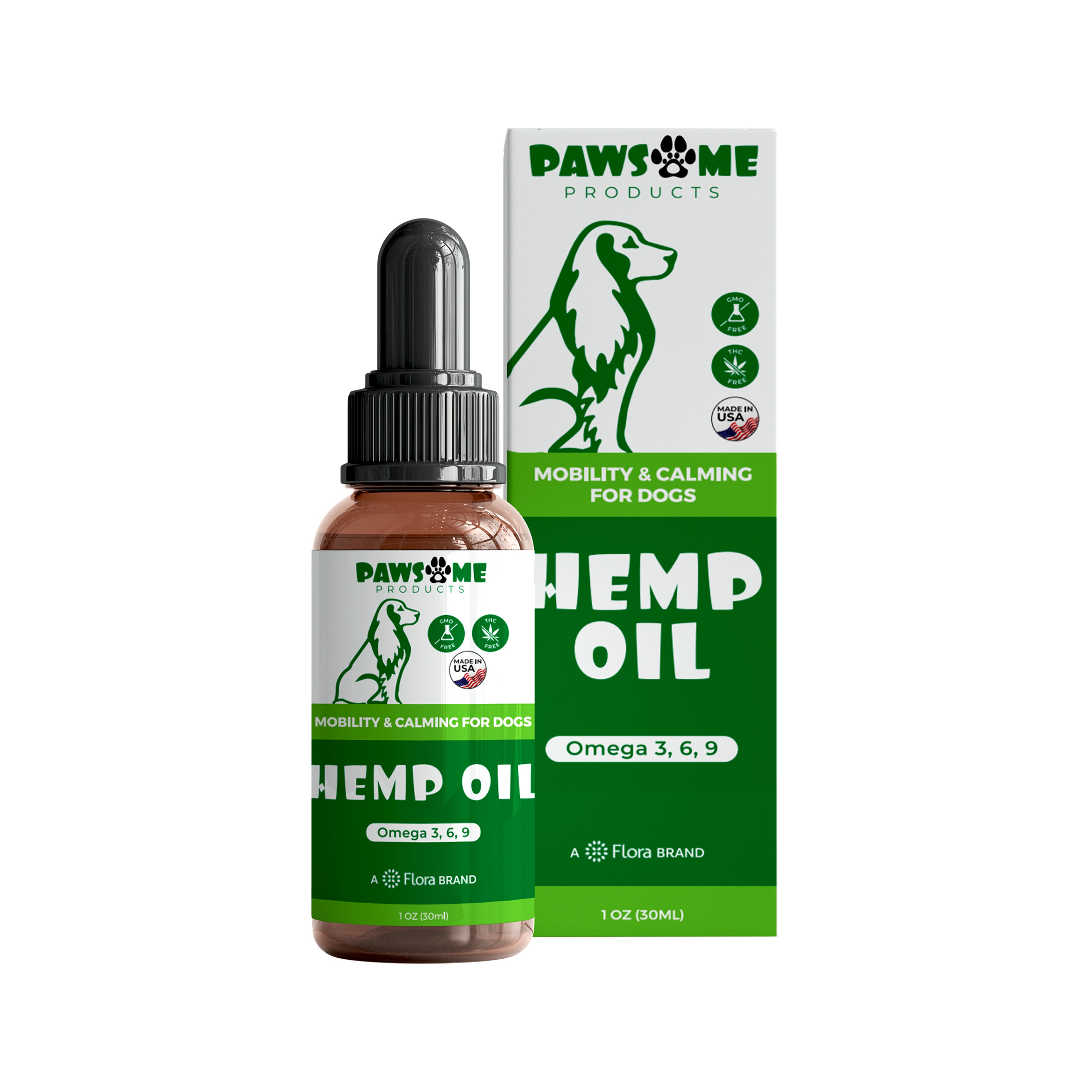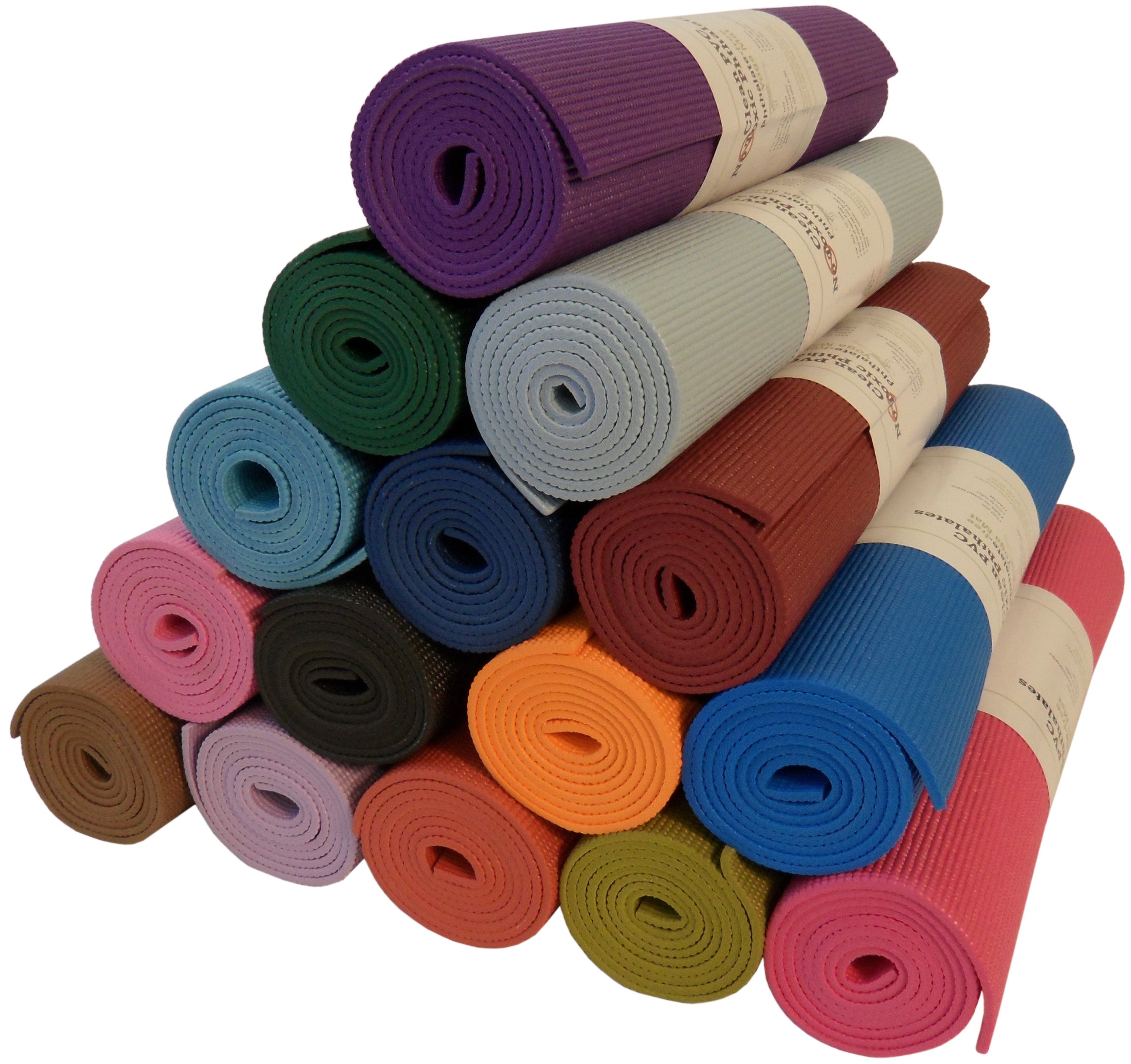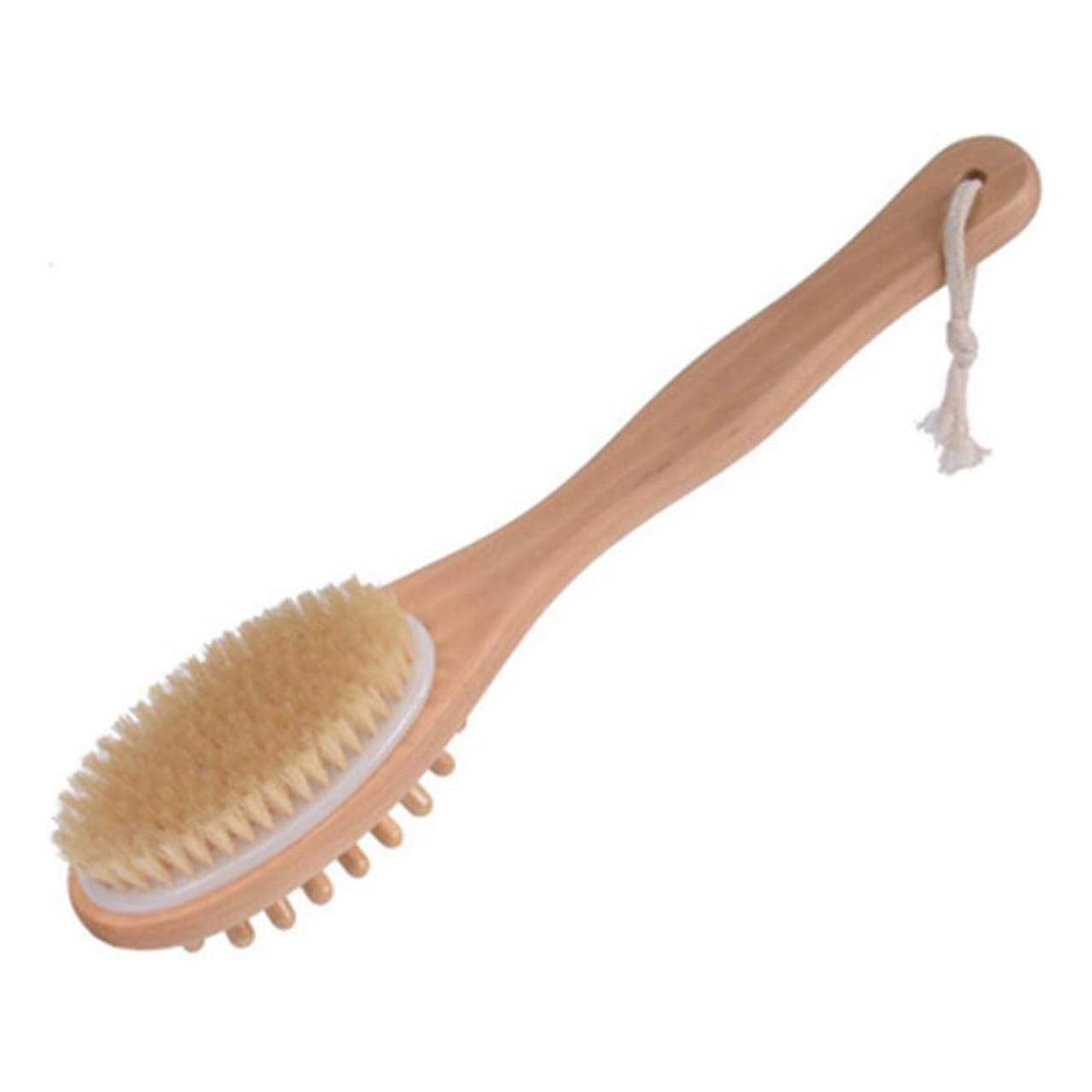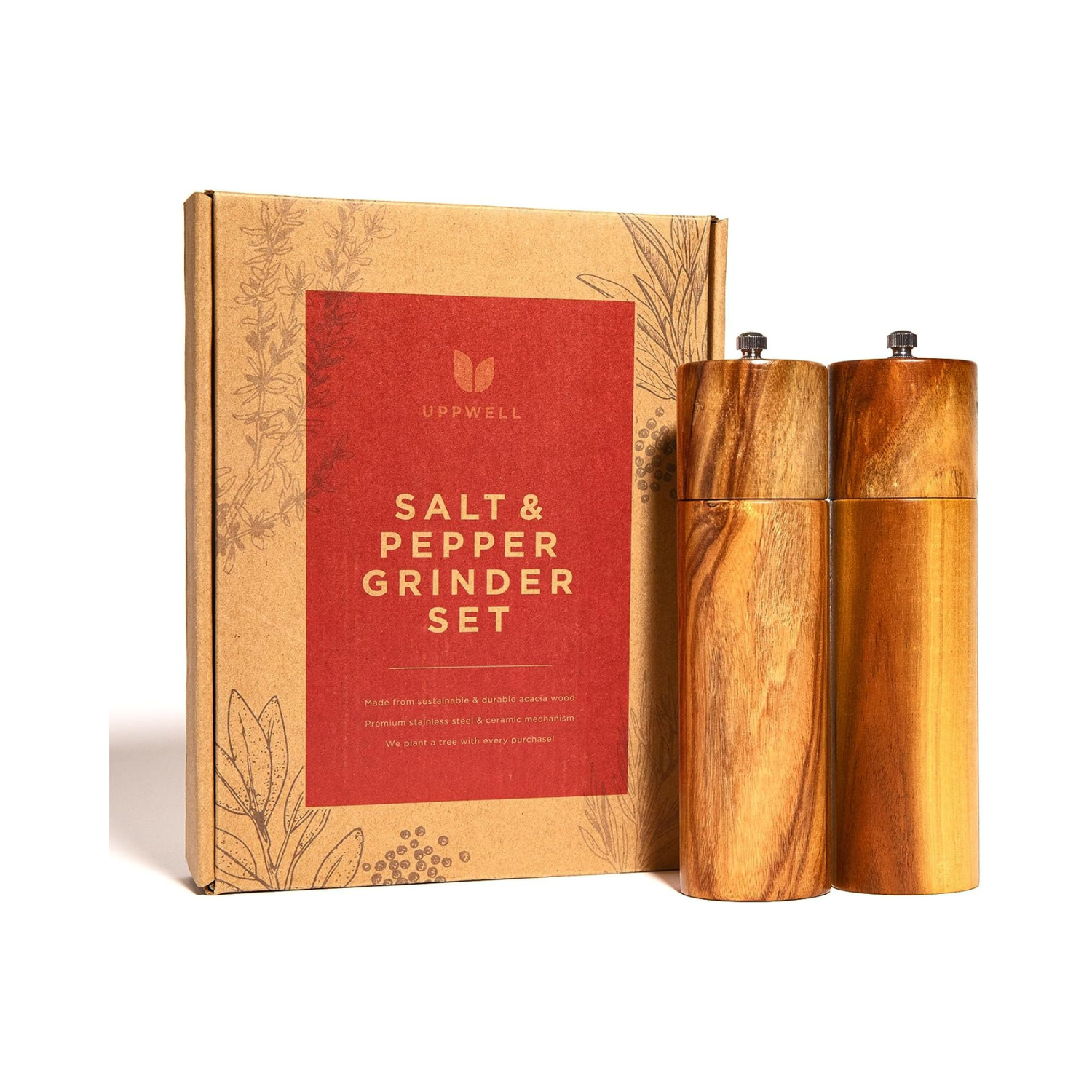Modal fabric, often celebrated for its softness and eco-friendly attributes, is a type of rayon fabric made from the wood pulp of beech trees. In this section, we will explore:
-
Definition of Modal: Modal is a semi-synthetic fabric that combines the benefits of natural fiber and the practicality of synthetic ones. It is particularly known for its softness, stretchiness, and breathability.
-
Brief history and origin: Developed in Japan in the 1950s, Modal was created as a higher-performing alternative to cotton. Over the decades, it has gained prominence especially in the realms of lingerie and activewear due to its moisture-wicking properties.
Properties of Modal Fabric
Modal is not just popular for its feel but also for its performance and sustainable qualities. Here, we'll delve into:
-
Texture and feel: Known for its silky smoothness, Modal is often described as soft as butter, which makes it perfect for direct skin contact garments like underwear and light t-shirts.
-
Durability and maintenance: Despite its delicate feel, Modal is surprisingly durable and less likely to shrink or fade compared to purely natural fibers like cotton. It is also easy to care for, requiring less energy for washing and drying.
-
Environmental impact and sustainability: Modal is considered an eco-friendly choice because it comes from beech trees, which multiply by "rejuvenation" which means no artificial irrigation or planting is required. Learn more about sustainable practices in the textile industry from Textile Exchange - global sustainable textile practices.
Production Process of Modal
Understanding how Modal is made will help us appreciate its value from a sustainability perspective:
-
Raw materials used: The primary raw material for Modal is the wood pulp from beech trees, which are known for their prolific growth.
-
Step-by-step production process:
-
The wood pulp is turned into cellulose.
-
The cellulose is then dissolved and pushed through tiny holes to create fibers.
-
These fibers are then spun into yarns and eventually woven into fabric.
-
-
Key manufacturers and geographic production hotspots: Major production of Modal occurs in countries like Austria, where companies like the Lenzing Group, a leader in the industry, are based. For more on their production practices, see Lenzing Group - leading producers of Modal.
For those interested in integrating more eco-friendly materials into their lifestyle, Modal presents a promising option. Dive deeper into sustainable living with our blog category on Sustainable Living.
Uses of Modal in Various Industries
Modal's versatility makes it a preferred fabric in several sectors. Here are some areas where Modal has made a significant impact:
-
Textile and fashion: Modal is extensively used in the production of soft, breathable clothing including underwear, pajamas, and sportswear. Its ability to blend seamlessly with other fibers enhances its utility in fashion.
-
Home furnishings: Due to its soft texture and durable nature, Modal is also used in making bed linens, towels, and upholstery, providing comfort without compromising on longevity.
-
Industrial applications: Although less common, Modal's high tenacity has led to its use in industrial products where lightweight but strong fabric is required.
Comparative Analysis: Modal vs. Other Fabrics
To understand the niche Modal occupies, it's useful to compare it with other widely used fabrics:
-
Comparison with cotton, polyester, and silk:
-
Cotton: Modal is often favored over cotton for its higher breathability and moisture management, though cotton is lauded for its all-natural status.
-
Polyester: Unlike polyester, Modal offers a silkier feel and better environmental footprint, as it is biodegradable.
-
Silk: Modal provides similar softness and luxury feel but at a more affordable price point and with easier care.
-
-
Advantages and disadvantages in various applications: While Modal is advantageous for its softness and sustainability, it might not be the best choice where extremely high durability or less fabric stretch is desired.
FAQs on Modal
This section addresses some of the most common questions people have about Modal:
-
What are the environmental benefits of using Modal?
-
Modal is derived from sustainably harvested beech trees and its production process consumes up to 20 times less water than cotton. Its closed-loop process also means fewer chemicals are released into the environment.
-
-
How does the cost of Modal compare to other fabrics?
-
Generally, Modal is more expensive than cotton but cheaper than silk, offering a middle ground for those seeking both quality and affordability.
-
-
What are the best care practices for Modal products?
-
Modal garments should be washed in cool water with gentle detergents and avoided high-heat drying to maintain fiber integrity.
-
-
Are there any common misconceptions about Modal?
-
One common misconception is that Modal is completely natural. While it is derived from natural materials, its manufacturing process classifies it as a semi-synthetic fabric.
-
For further insights into the environmental impacts of different fabrics and their sustainable alternatives, check out Sustainable Apparel Coalition - environmental impact of textile production.




